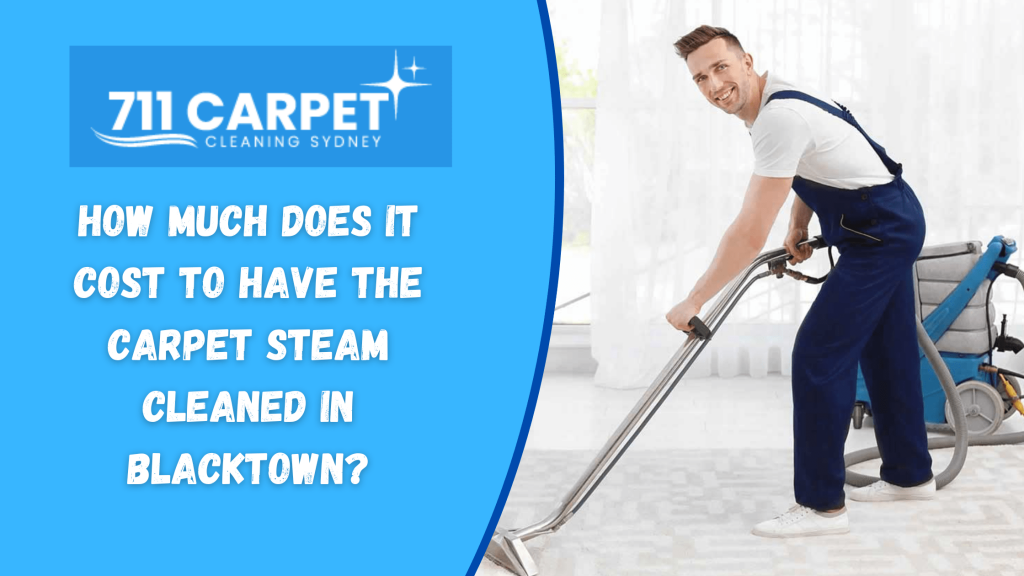Your couch is the centerpiece of your living space, offering comfort and style. However, it can also become a magnet for dust, dirt, and stains over time. Maintaining a clean and stain-free couch not only improves its appearance but also extends its lifespan. With a few simple steps, you can keep your couch looking fresh and inviting. This guide will walk you through effective couch cleaning techniques to help you achieve a spotless and hygienic living environment.
Why Regular Couch Cleaning Matters
Routine cleaning is essential for several reasons:
- Improves Hygiene: Removes dirt, allergens, and bacteria that can accumulate over time.
- Enhances Appearance: Keeps your couch looking new by removing stains and refreshing its fabric.
- Prolongs Durability: Prevents wear and tear caused by embedded debris and stains.
- Eliminates Odors: Neutralizes unpleasant smells caused by spills or prolonged use.
Step-by-Step Guide to Couch Cleaning
1. Check the Care Label
Before starting, locate the care label on your couch to understand the recommended cleaning methods. Look for cleaning codes like:
- W: Use water-based cleaning solutions.
- S: Use solvent-based cleaners.
- WS: Water- or solvent-based cleaners are suitable.
- X: Vacuum or professional cleaning only.
Knowing the fabric type helps you avoid damage during cleaning.
2. Vacuum Thoroughly
Vacuuming is the first step to remove loose dirt, dust, and pet hair.
- Use a vacuum cleaner with an upholstery attachment.
- Focus on seams, crevices, and under cushions where debris tends to accumulate.
- Regular vacuuming prevents dirt from embedding into the fabric.
3. Spot Treat Stains
For small stains, treat them immediately to prevent them from setting:
- Blot (don’t rub) the stain with a clean cloth to absorb excess liquid.
- Use a mild dish soap solution (a few drops of soap mixed with warm water) for water-safe fabrics.
- Dab the stain with a damp cloth and blot dry with a towel.
- For solvent-safe fabrics, apply a dry-cleaning solvent using a clean cloth.
4. Deep Clean the Couch
For a more thorough clean:
- Use a steam cleaner if your couch’s care label permits. Steam cleaning removes deep-seated dirt and sanitizes the fabric.
- If you don’t have a steam cleaner, consider hiring professional services for a deep clean.
5. Deodorize Your Couch
To eliminate odors and keep your couch smelling fresh:
- Sprinkle baking soda evenly across the couch.
- Let it sit for 20–30 minutes to absorb odors.
- Vacuum thoroughly to remove the baking soda.
6. Dry the Couch Completely
Ensure your couch is completely dry to prevent mold or mildew:
- Open windows or use fans to improve airflow.
- Avoid sitting on the couch until it’s fully dry to maintain its cleanliness.
Preventing Stains on Your Couch
- Use Slipcovers or Throws
Protect your couch with washable slipcovers or decorative throws that shield it from spills and stains. - Act Quickly on Spills
Blot spills immediately to prevent them from seeping into the fabric. - Apply Fabric Protectors
Fabric protectors create a barrier that repels spills, making cleanup easier. - Encourage House Rules
Limit eating and drinking on the couch to reduce the risk of accidents.
Advanced Care Options
Static electricity can attract dust and dirt to your couch. Antistatic treatments help repel these particles, keeping your upholstery cleaner for longer while reducing allergens in your home.
Common Mistakes to Avoid
- Using Harsh Chemicals
Avoid bleach or strong detergents that can damage the fabric or cause discoloration. - Over-Wetting the Fabric
Excessive water can lead to mold growth or water stains. Always blot with a damp, not soaking, cloth. - Skipping Regular Cleaning
Infrequent cleaning allows dirt and stains to build up, making them harder to remove. - Neglecting the Care Label
Using the wrong cleaning method for your couch’s fabric can cause permanent damage.
Benefits of Professional Couch Cleaning
While regular maintenance is essential, professional couch cleaning services offer:
- Deep Cleaning: Removes embedded dirt and allergens for a thorough refresh.
- Specialized Treatments: Tailored solutions for delicate or heavily soiled fabrics.
- Time Savings: Professionals handle the hard work, saving you time and effort.
Contact Us
Struggling to keep your couch clean? Our expert couch cleaning services, including antistatic treatment for Couch near me, ensure spotless, fresh furniture that enhances your living space. Contact us today to schedule an appointment!
Conclusion
Maintaining a clean and stain-free couch doesn’t have to be complicated. With regular vacuuming, prompt stain treatment, and occasional deep cleaning, you can keep your furniture looking and feeling its best. For tougher stains or advanced treatments, professional services are your best ally.
Start your couch cleaning routine today and enjoy a fresher, more comfortable living space for years to come!
FAQs
Vacuum weekly and deep clean every 6–12 months, depending on usage and exposure to dirt.
Yes, diluted vinegar can be used for spot cleaning on most fabrics, but always test it on an inconspicuous area first.
Use a lint roller, rubber gloves, or a vacuum with a brush attachment to remove pet hair effectively.
Published on: February 18, 2025

